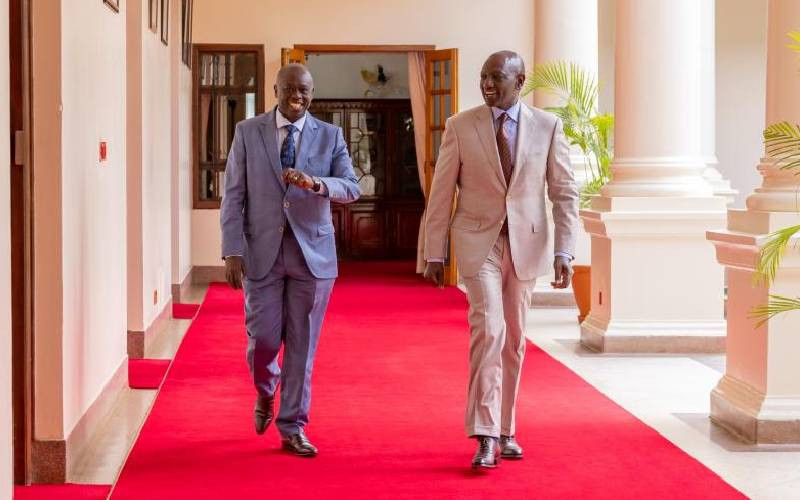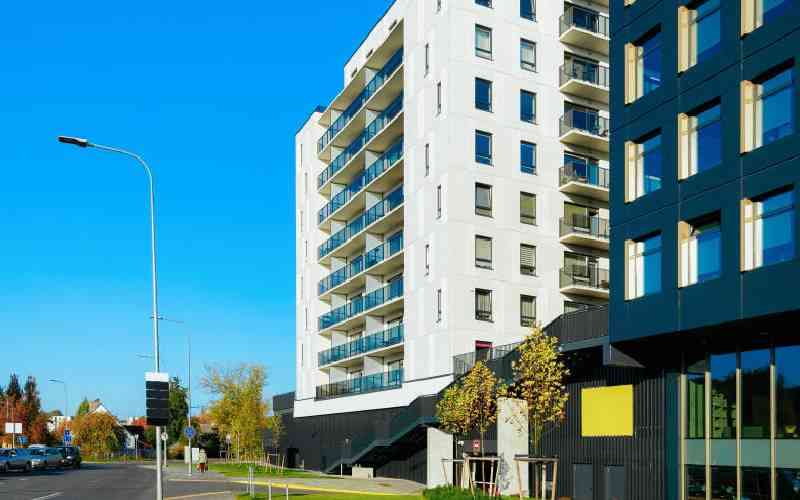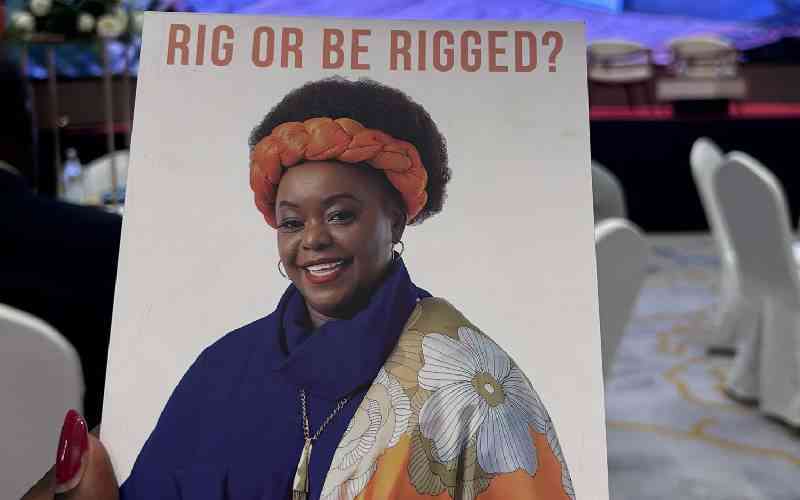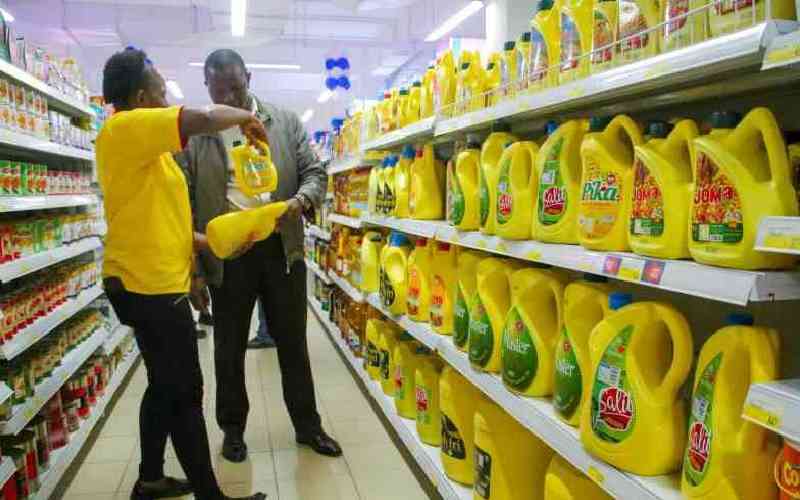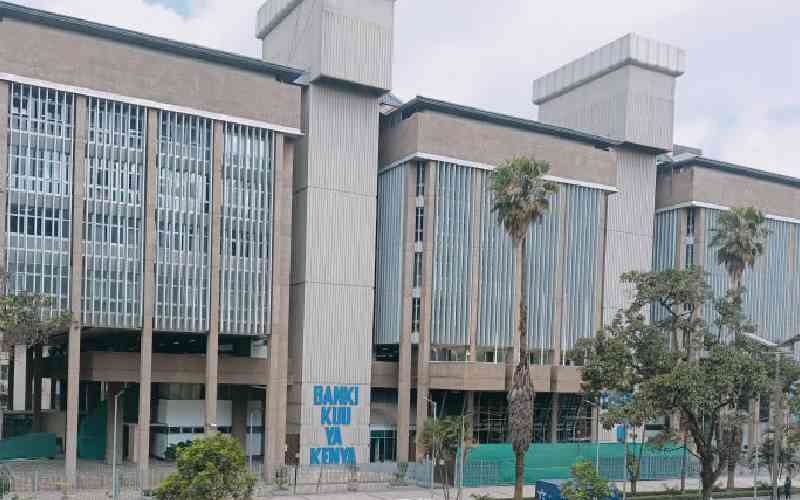The Law Society has just announced the death of its 16th member this year. Last year we lost about 40 members. Before the pandemic, we lost an average of 15 lawyers every year.
Remember; lawyers are not frontline workers. The story is absolutely horrendous in the medical sector where I am told the numbers have gone up many-fold. I say this to emphasise that Covid-19 is real and the battering of families is vicious. Doubtless, its management requires “abnormal” action.
One, therefore, sympathises with the government as it seeks to deal with this unrelenting terror. That said, we must continually ask whether the actions taken are ideal considering their harm to the economy. One sector that tells the impact of a lockdown is the micro-lending sector. This is the sector where 95 percent of the loans taken are less than Sh100,000.

This is the sector that funds the micro-enterprises, the so-called kadogo economy. It is where mama mboga , mama pima and the micro spare part dealer seek credit to manage cash flow. It is where people earning Sh25,000 and less seek credit to manage emergencies. It is where the bulk of Kenya is.
True thermometer
In the three months of last year’s lockdown, the average Portfolio at Risk in most of the micro-lenders, went from an average of 30 per cent to 60 per cent. By the time any lending institution operates at 60 percent PAR, it is heading for liquidation. Fortunately, as soon as the economy reopened the average PAR and in six months had settled to its pre-shutdown level.
This for me was the true thermometer of the impact of the shutdown on the economy, KNBS statistics notwithstanding. As we come to terms with a second lockdown, we must warn ourselves that this micro-economy cannot withstand long shocks. Measures that seek to manage the pandemic must deliberately seek to keep as much of the economy open as possible.
It may be argued that this lockdown is different because it has only targeted the five counties surrounding Nairobi and left the rest of the country open. I have spent this week outside the five disease counties and the impact of the lockdown is staggering. While bars and restaurants are open, they have limited patronage. Farm produce has reducing demand. The mood is somber. Essentially because the five closed counties are the heart of the economy, once they shut down, the country stumbles.
How then are we to balance the need for managing the spread of the virus with the need to keep the economy alive? I suggest three things.
Firstly, our actions must be based on data. There must be a correlation between the measures being taken and the spread of the disease. Data, not anecdotal stories, needs to show that most infections are arising from areas targeted for closure. Like bars, restaurants or churches. For example, restaurants in Kisumu, Eldoret and Mombasa were as vibrant as the rest of the country. If the virus did not spread as much there, what are the additional factors that explain the dire situation Nairobi and environs?
How are we to mitigate these factors without absolute closure?
Secondly, and related to the first, there must be a clear rationale for the actions taken. For example, why would we need to close restaurants if they are maintaining protocols, yet continue to run matatus where the risk of exposure is even higher? Isn’t it easier on the economy to keep restaurants open, but create effective monitoring mechanisms with clear penalties including closure for breach?
Finally, we must relate lockdowns to other actions that cushion the economy and help manage the virus better. Do we increase testing? Do we institute a vibrant tracing protocol? Do we concentrate vaccinations in these zones?
Last year the government announced a host of measures to cushion Kenyans as they suffered the lockdown. There was none of that this year. In fact, the CS Petroleum has announced looming gas price increases.
Stay informed. Subscribe to our newsletter
It is the absence of these interventions that is keeping Kenyans stressed and leaving many with the feeling that if unchecked, the cure may end up being worse than the disease.
-The writer is an advocate of the High Court of Kenya
 The Standard Group Plc is a
multi-media organization with investments in media platforms spanning newspaper
print operations, television, radio broadcasting, digital and online services. The
Standard Group is recognized as a leading multi-media house in Kenya with a key
influence in matters of national and international interest.
The Standard Group Plc is a
multi-media organization with investments in media platforms spanning newspaper
print operations, television, radio broadcasting, digital and online services. The
Standard Group is recognized as a leading multi-media house in Kenya with a key
influence in matters of national and international interest.
 The Standard Group Plc is a
multi-media organization with investments in media platforms spanning newspaper
print operations, television, radio broadcasting, digital and online services. The
Standard Group is recognized as a leading multi-media house in Kenya with a key
influence in matters of national and international interest.
The Standard Group Plc is a
multi-media organization with investments in media platforms spanning newspaper
print operations, television, radio broadcasting, digital and online services. The
Standard Group is recognized as a leading multi-media house in Kenya with a key
influence in matters of national and international interest.



